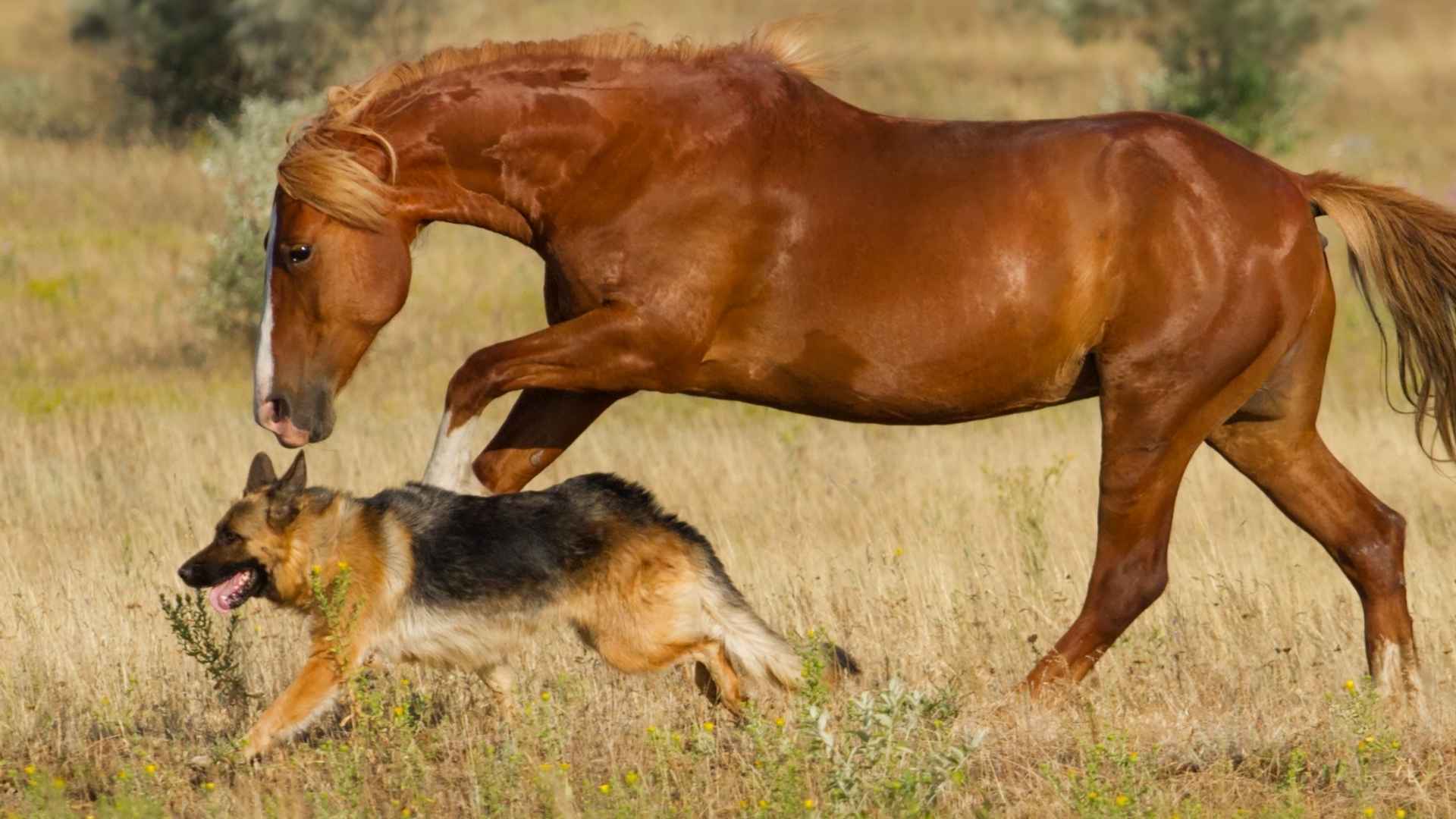On a working farm, few sights are more striking than a loyal dog running alongside a horse, seamlessly keeping pace as they move across fields. These dogs aren’t just companions—they’re vital partners. Their natural instincts, trainability, and athleticism make them indispensable for ranchers, farmers, and equestrians.
But not all dogs are cut out for this unique lifestyle. The ideal farm dog must be confident around large animals, highly obedient, and durable enough to handle long hours in varied terrain.
Some breeds have been shaped by centuries of work alongside livestock, while others bring their energy and friendliness into modern farm life. Whether they’re herding cattle, guarding the barn, or simply trotting beside a rider, these dogs thrive in environments where they can stay active and engaged.
Below, we explore three breeds that excel at this task—and why they’ve earned a place beside horses on farms.
Dog Breeds That Run Alongside Horses On Farms
1. Golden Retriever
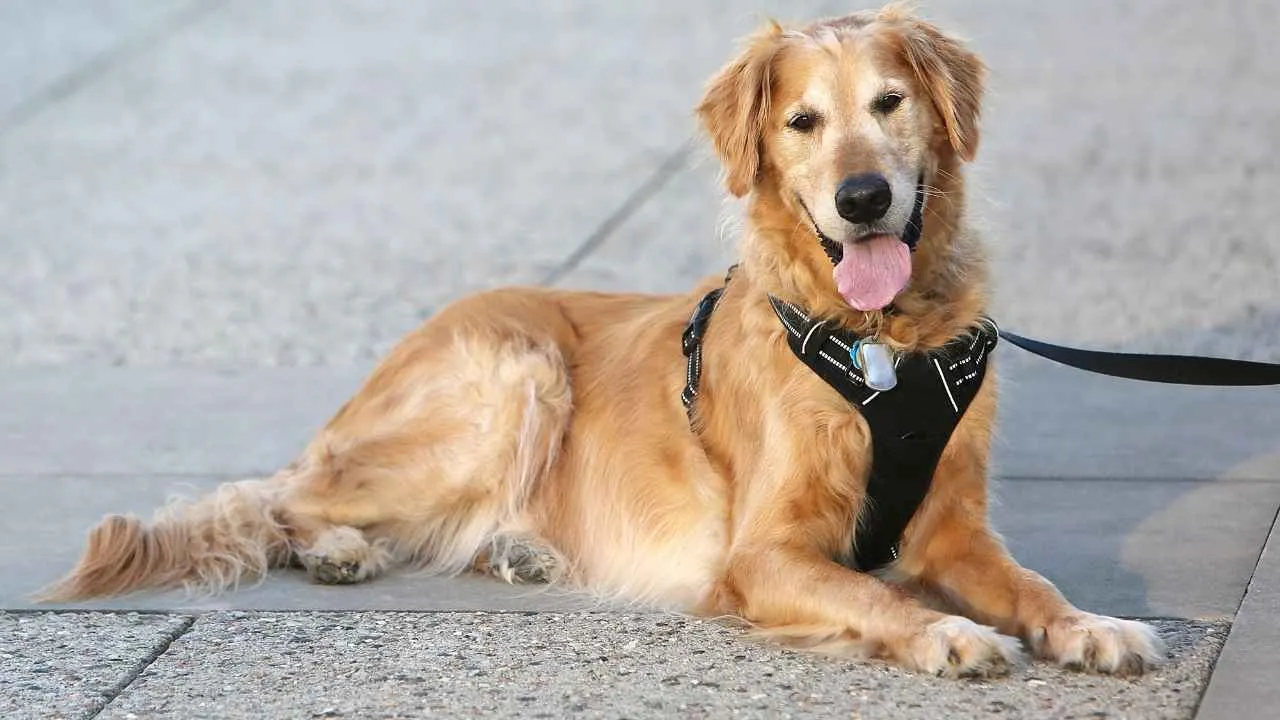
According to the AKC, Golden Retrievers are best known for their easygoing and friendly nature. But their steadiness around large animals is what makes them so valuable on a farm. Horses rarely react well to skittish dogs, and the Goldens’ calm, patient demeanor helps keep the barnyard peaceful.
Their history traces back to Scotland in the 1800s, where they were bred to retrieve game from marshy land and chilly lakes. That background created a dog with endurance, a love of water, and an eagerness to work side by side with people, qualities that still make them reliable partners in rural settings.
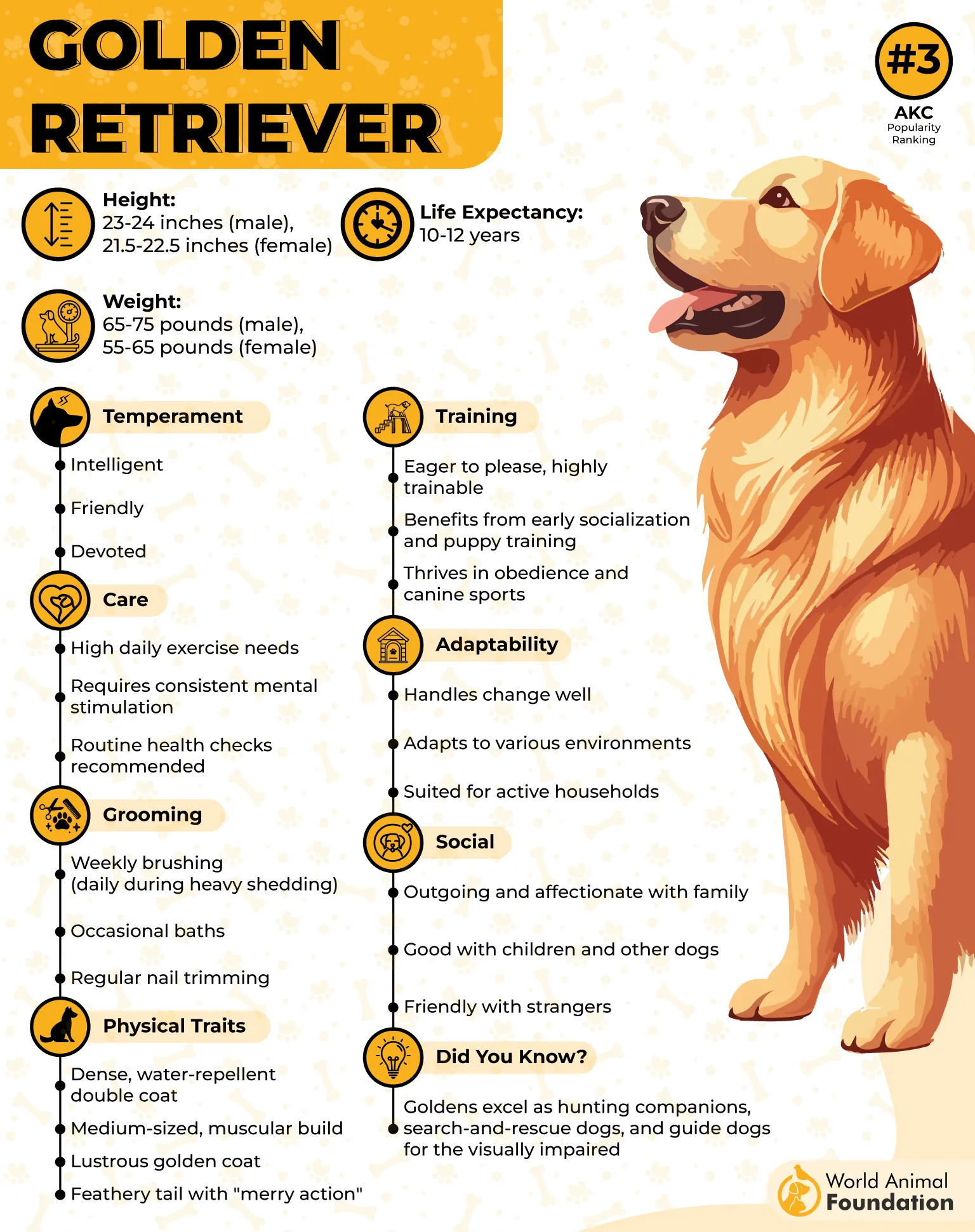
Goldens aren’t natural herders or fierce guardians, but they excel in trainability. Their desire to please means they learn quickly, respond to commands, and can easily adapt to routines like trail rides or pasture checks.
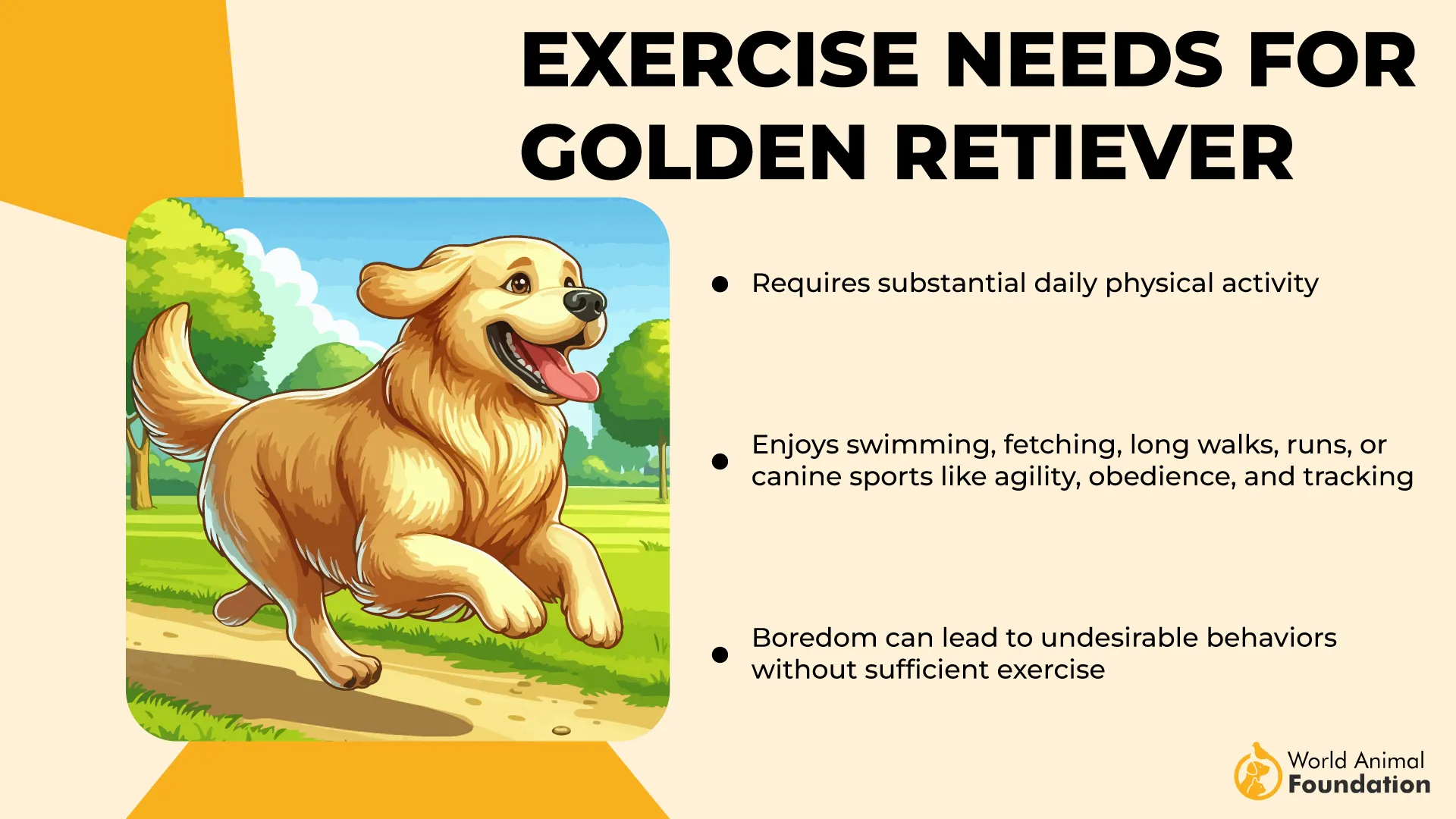
Their signature coat is beautiful but demanding. The thick double layer sheds steadily year-round and even more heavily in spring and fall, but it also insulates them in cold weather and keeps rain from soaking their skin.
Fun Fact
The first recorded Golden Retriever litter was born in Scotland in 1868, the result of a meticulous breeding program that mixed a yellow retriever with the now-extinct Tweed Water Spaniel.
2. Dalmatian
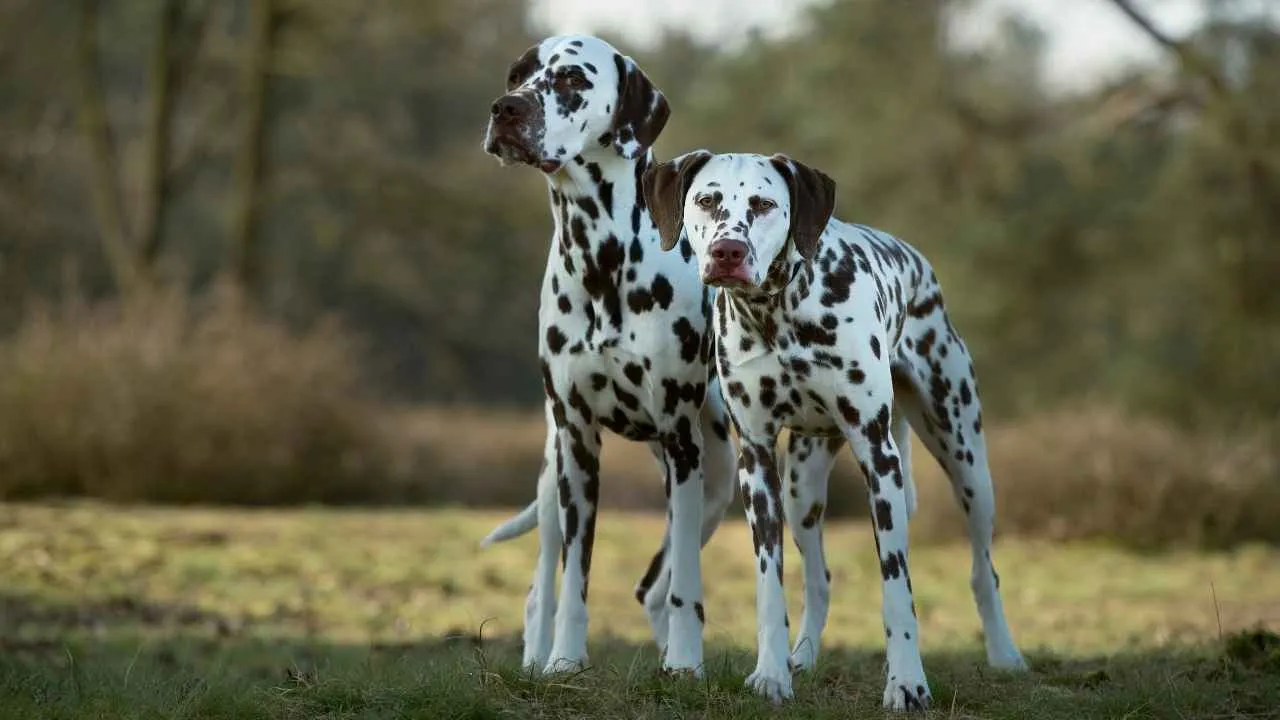
Dalmatians have been tied to horses for centuries, and that connection isn’t just romantic—it’s a historical fact. These spotted dogs were bred as “coach dogs,” trotting alongside carriages to protect horses and travelers, a role that required both endurance and confidence around hooves.
They are not content to be idle companions. Dalmatians thrive when they have work to do, and their high energy makes them perfect for long trail rides or patrolling farm boundaries. If that energy isn’t channeled, however, they can grow restless and invent their own entertainment—often to the dismay of their owners.
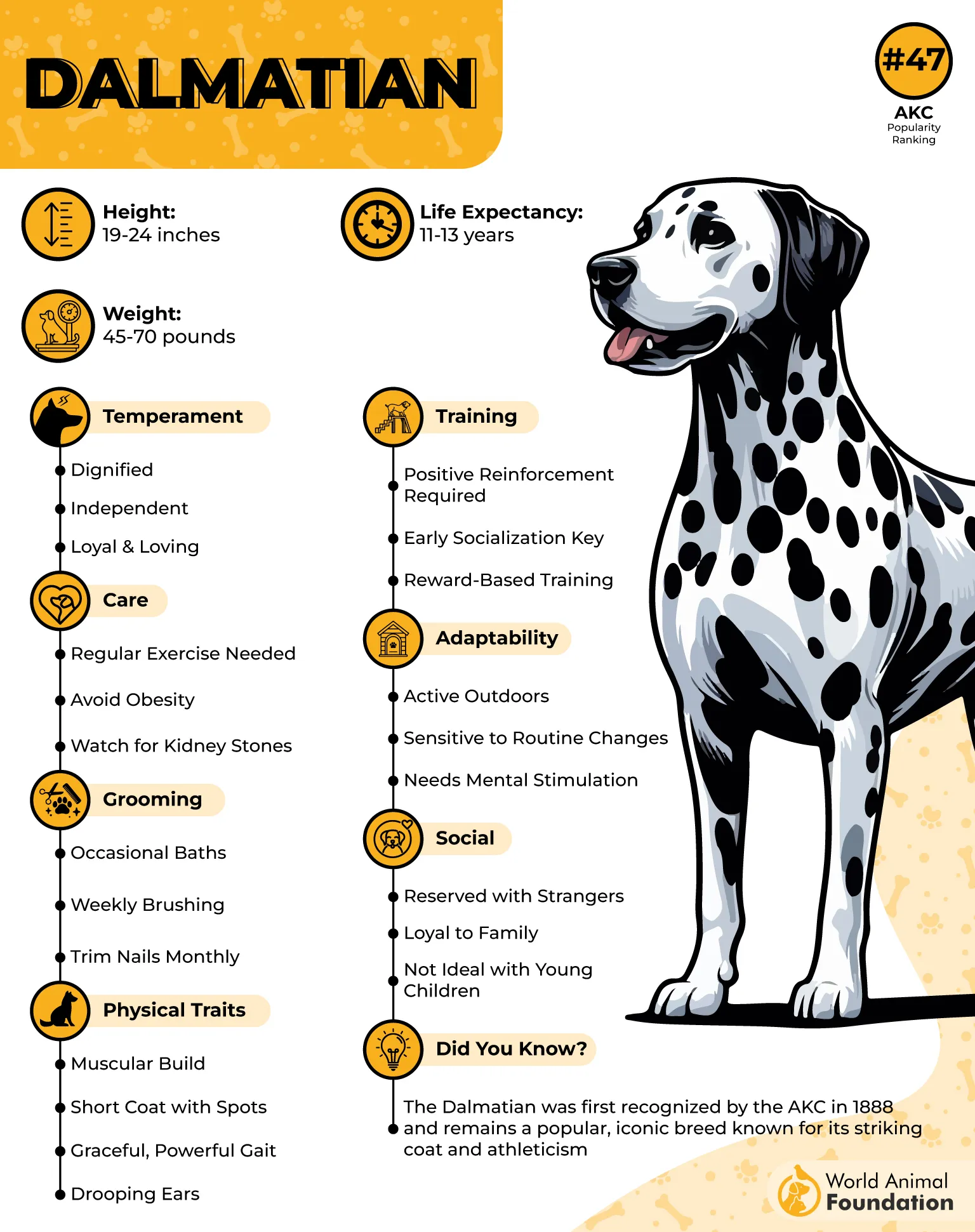
Personality-wise, they’re loyal but not indiscriminately friendly. Their wariness of strangers once made them excellent stable guards, and even today, they tend to “vet” newcomers before letting their guard down.
Their short, sleek coat is effortless to maintain but doesn’t insulate well. In colder climates, many farm owners give them coats for winter rides.
Fun Fact
Because they were so reliable alongside horse-drawn fire wagons, Dalmatians became the official mascot of American firehouses—and they’re still a common sight at stations today, long after the horses are gone.
3. Australian Shepherd
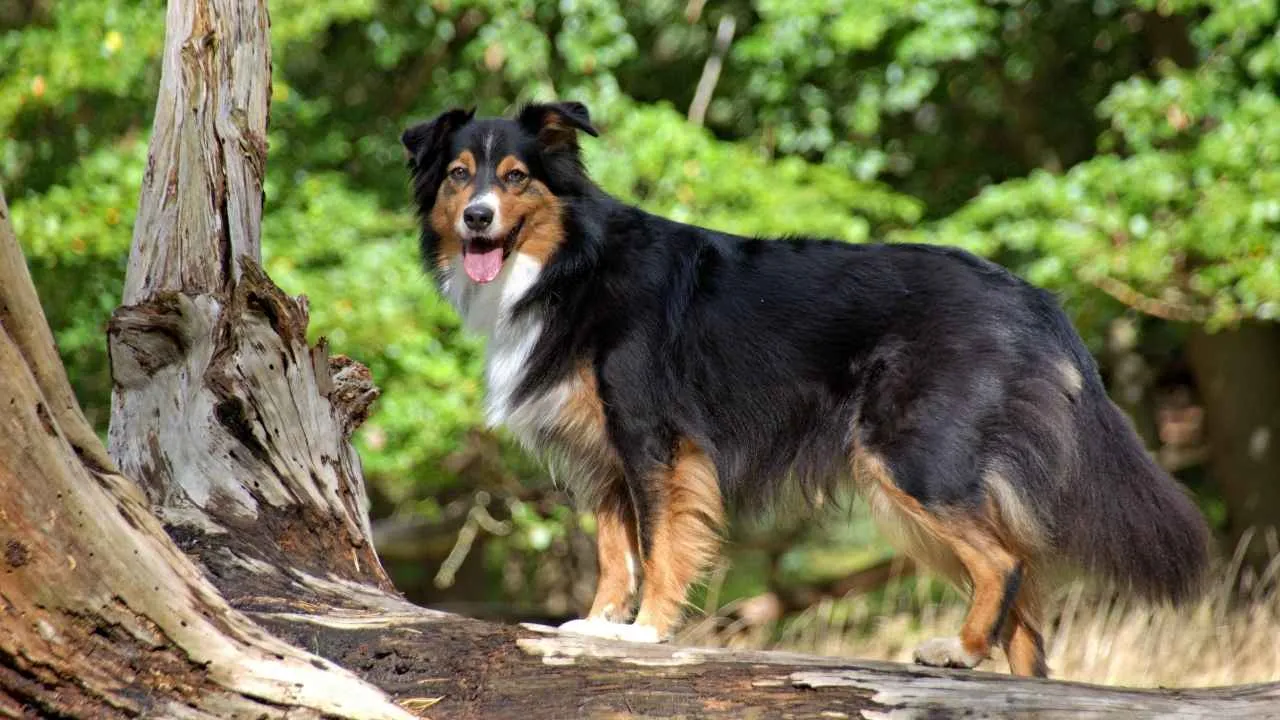
Australian Shepherds bring a very different kind of energy to a farm. Where some dogs are content to follow, Aussies think, anticipate, and react on their own, often seeming to know the job before it’s explained. Around horses, that awareness keeps them safely out of harm’s way while still staying useful.
They weren’t bred in Australia at all, despite their name. The breed emerged in the American West, built for herding sheep and cattle across enormous ranches. That background gave them not just stamina, but sharp problem-solving instincts that make them versatile on farms of all kinds.
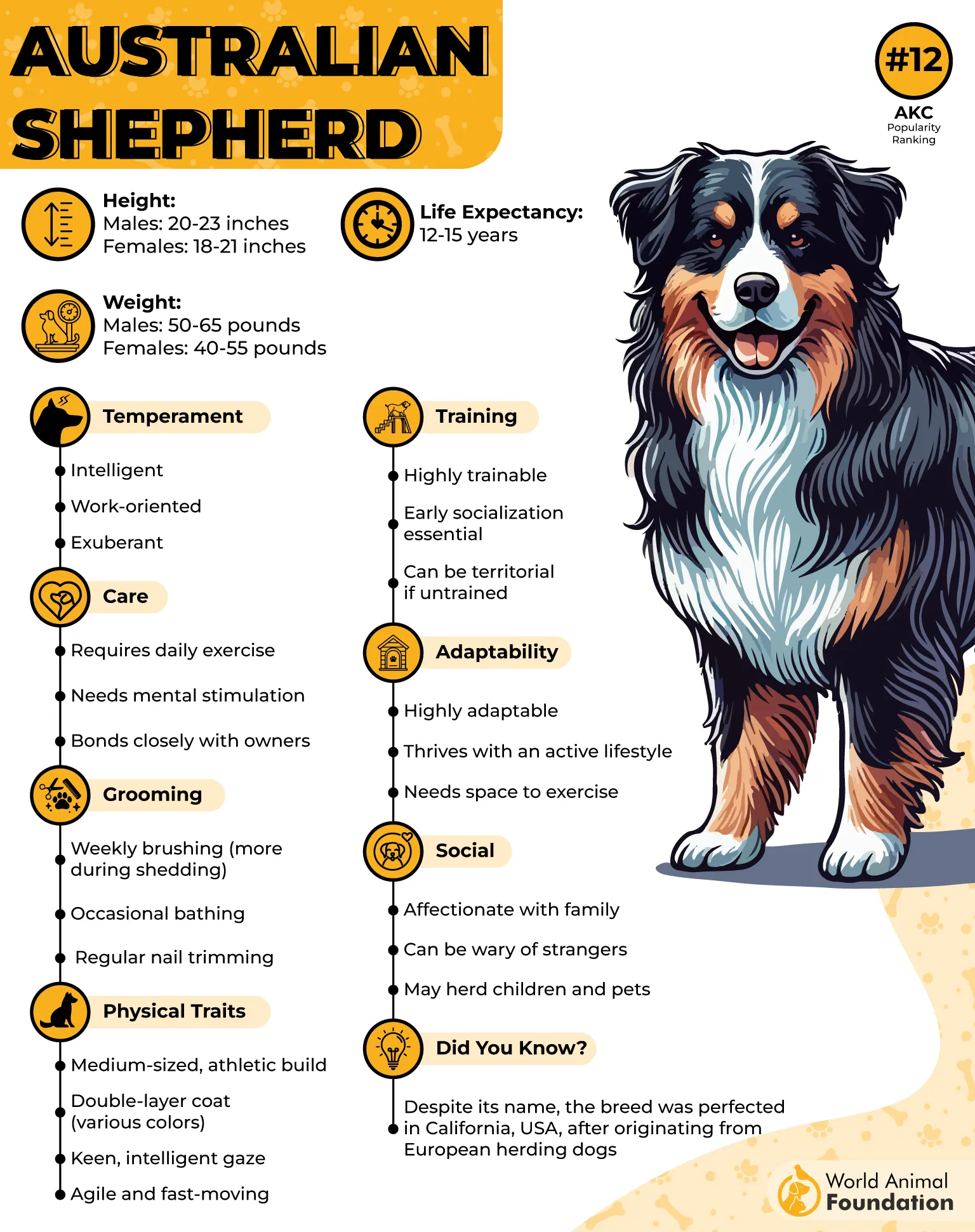
Aussies demand more than exercise; they crave mental work. As per Purina, teaching them herding cues, agility drills, or structured chores keeps them satisfied, while boredom can lead to chaos (and the occasional attempt to “herd” anything that moves).
Their merle-patterned coats are striking and practical. The medium-length fur sheds but resists water and dirt, letting them work in messy conditions without constant baths.
Fun Fact
Australian Shepherds became stars of rodeo culture in the mid‑20th century, often performing elaborate tricks and even perching on horseback during shows, showing just how fearless and trainable they are.
4. Pembroke Welsh Corgi
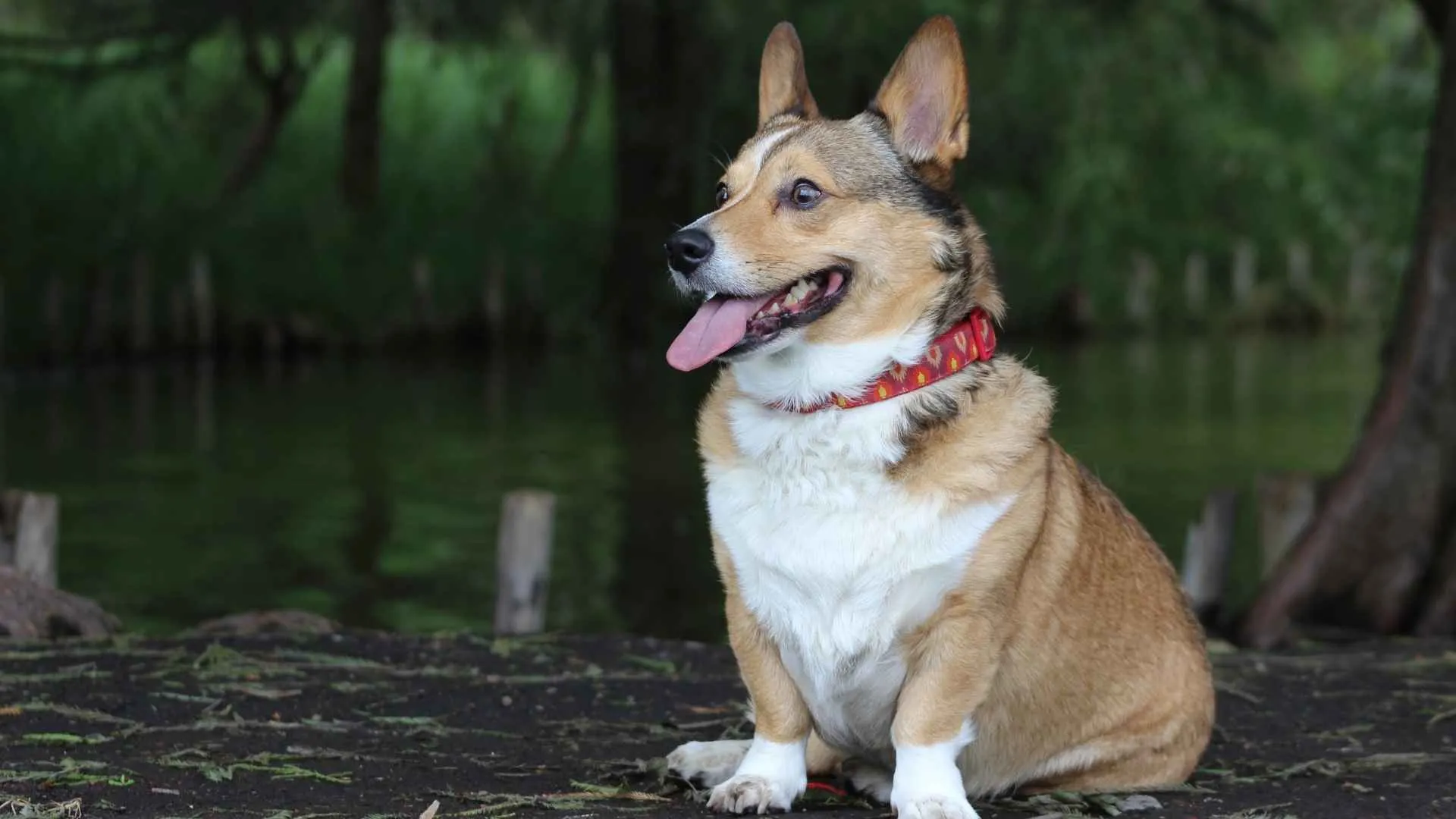
Despite their short legs, Pembroke Welsh Corgis are remarkably fast and agile—qualities that once made them prized cattle herders in Wales. Their low frame allowed them to nip at the heels of livestock while staying safely beneath the range of kicking hooves.
That same boldness helps them around horses. They’re confident enough not to be intimidated by towering animals, yet they learn quickly to stay clear of danger, weaving around legs with surprising precision.
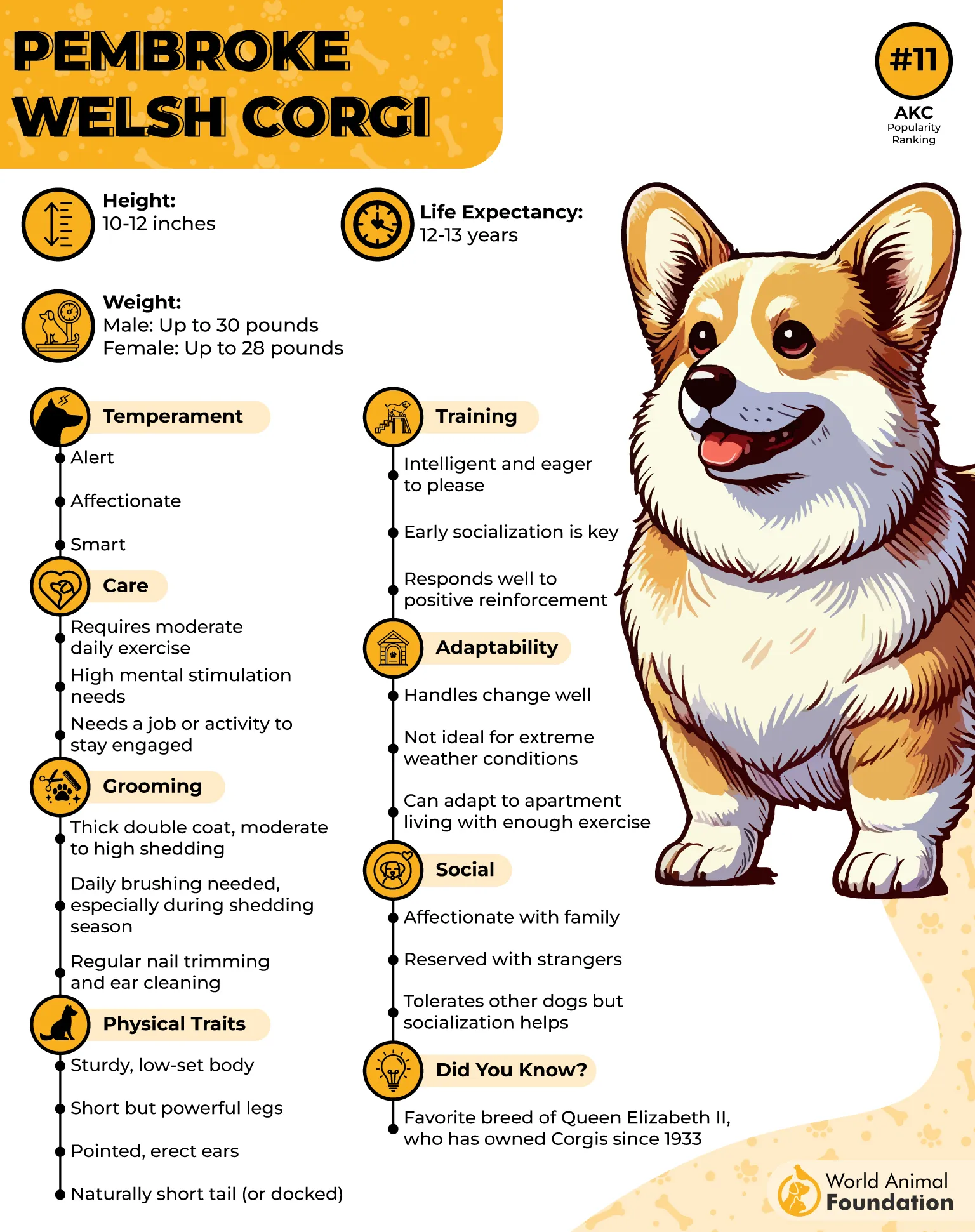
Corgis have a reputation for being affectionate, but they are far from sedentary. They thrive when they have a task, whether that’s trailing a rider, moving small livestock, or simply helping “supervise” the day’s work.
Their double coat is thick, weatherproof, and constantly shedding. Daily brushing helps keep fur under control and keeps their coat healthy through muddy springs and damp winters.
Though small, Pembrokes have a big-dog voice. They’ll alert you when something unusual happens around the barn, which adds a layer of security without aggressive behavior.
Fun Fact
Queen Elizabeth II famously adored Pembroke Welsh Corgis, owning more than 30 in her lifetime, making the breed a global icon.
5. Border Collie
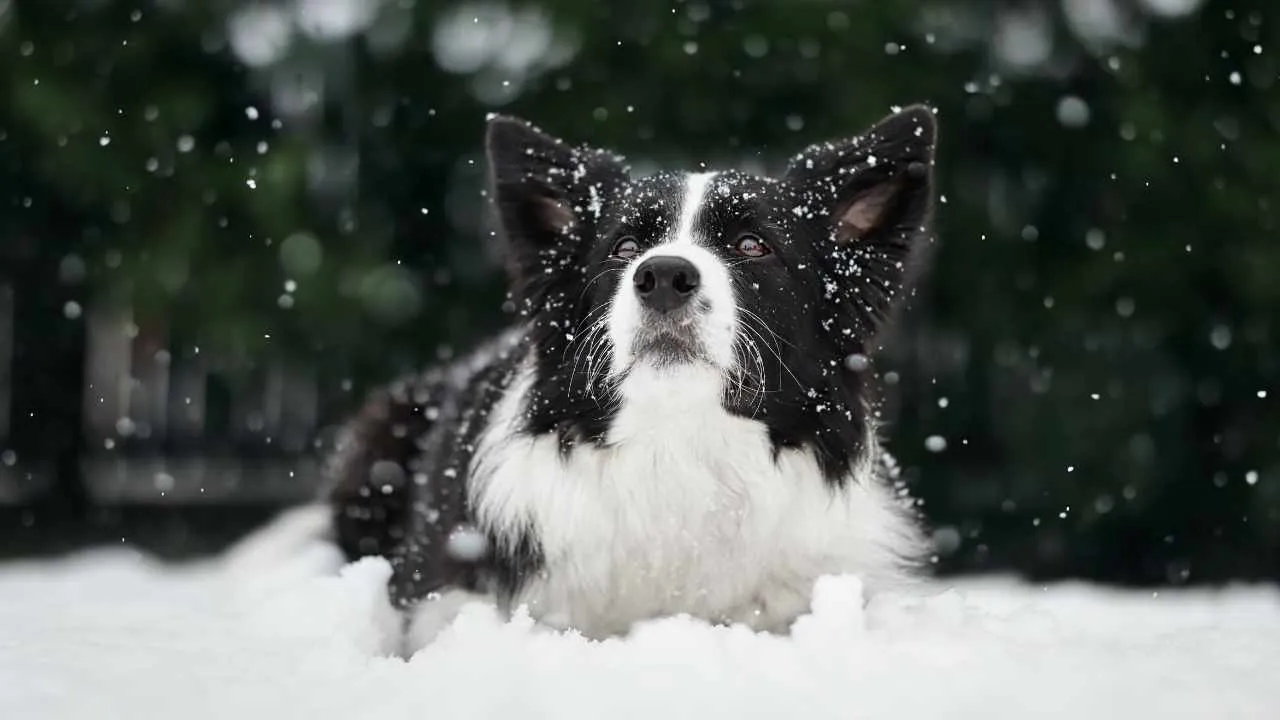
Border Collies are often called the smartest dog breed, and on a farm, that intelligence is impossible to miss. They anticipate commands, start tasks before being asked, and adapt quickly to the chaos of rural life.
They were developed along the Scottish-English border, where their main role was to herd sheep on rough, hilly terrain. That origin gave them speed, focus, and a signature “herding eye” that can still freeze livestock in place.
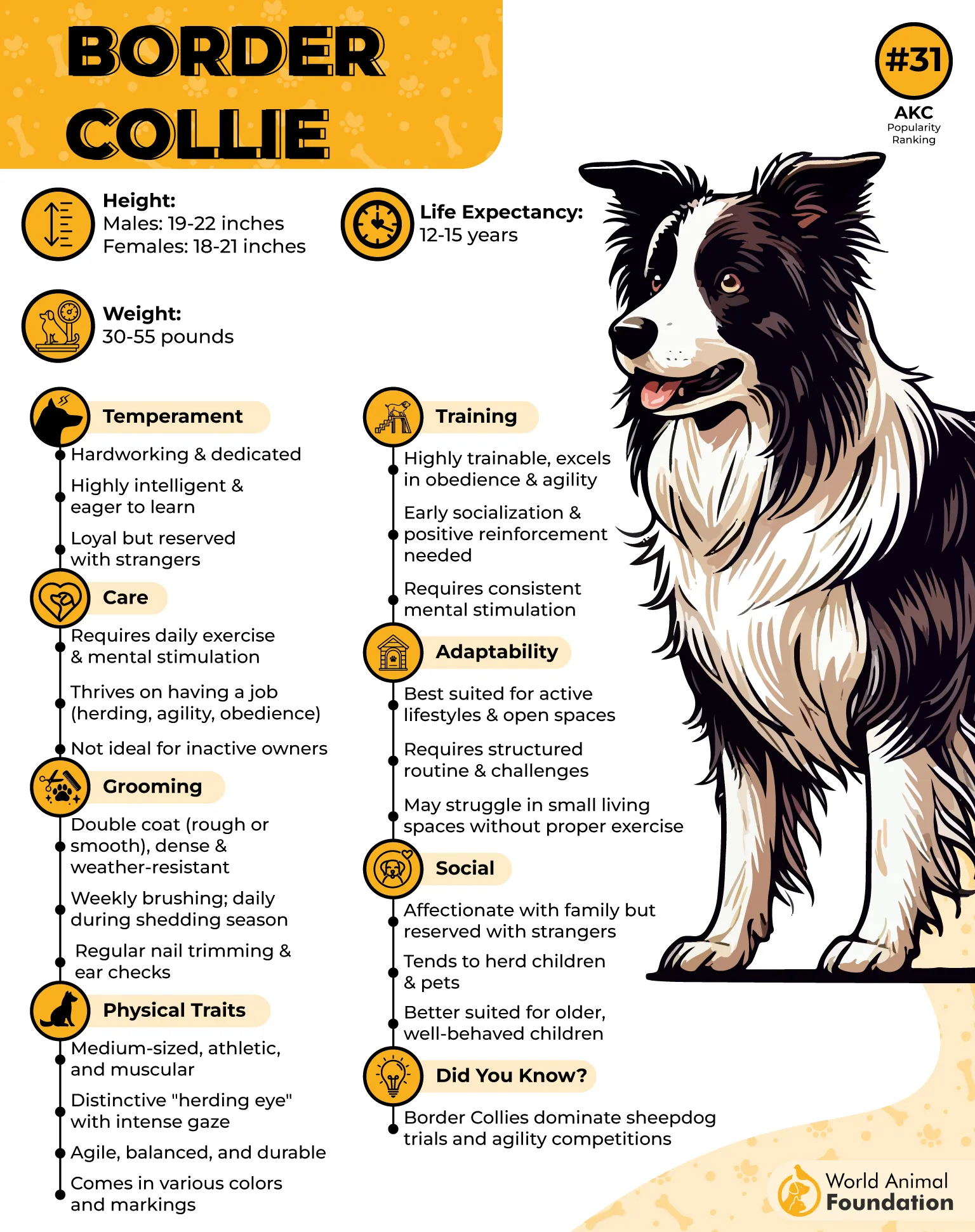
Border Collies thrive on work. They aren’t content with just a run—they need mentally engaging jobs like herding, agility exercises, or structured obedience drills to stay happy.
Their coats can be rough or smooth, and they shed seasonally. Regular brushing helps keep tangles at bay and prevents their fur from matting after long days in the field.
Border Collies are loyal but intense. As per Britannica, they form deep bonds with their handlers, often sticking to one person, and their work ethic can be almost obsessive.
Fun Fact
Border Collies dominate herding trials and agility competitions worldwide, often outperforming every other breed by a wide margin.
6. Australian Cattle Dog
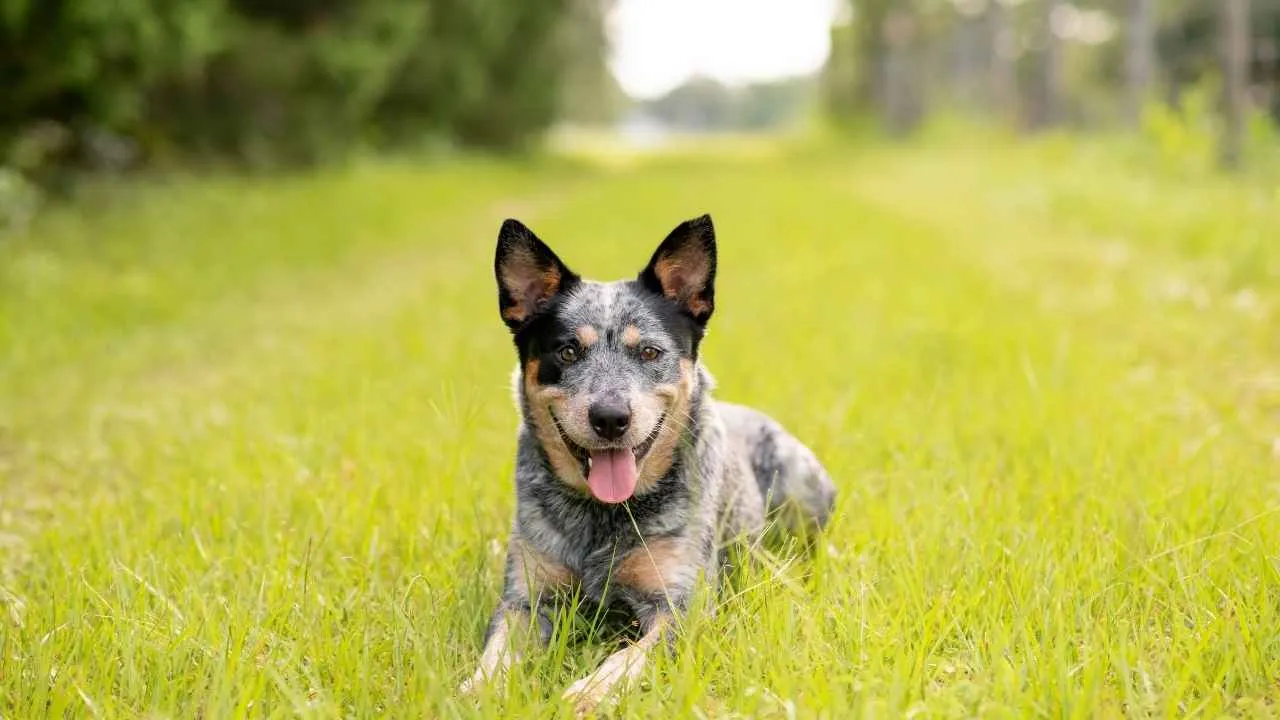
Australian Cattle Dogs were bred for toughness. Ranchers in the Outback needed a dog that could push stubborn cattle for miles across harsh, open land, and the breed rose to the challenge.
Their endurance is legendary—they’ll run alongside horses all day without tiring. But they’re happiest when they have a clear job to do, as idleness often leads to frustration.
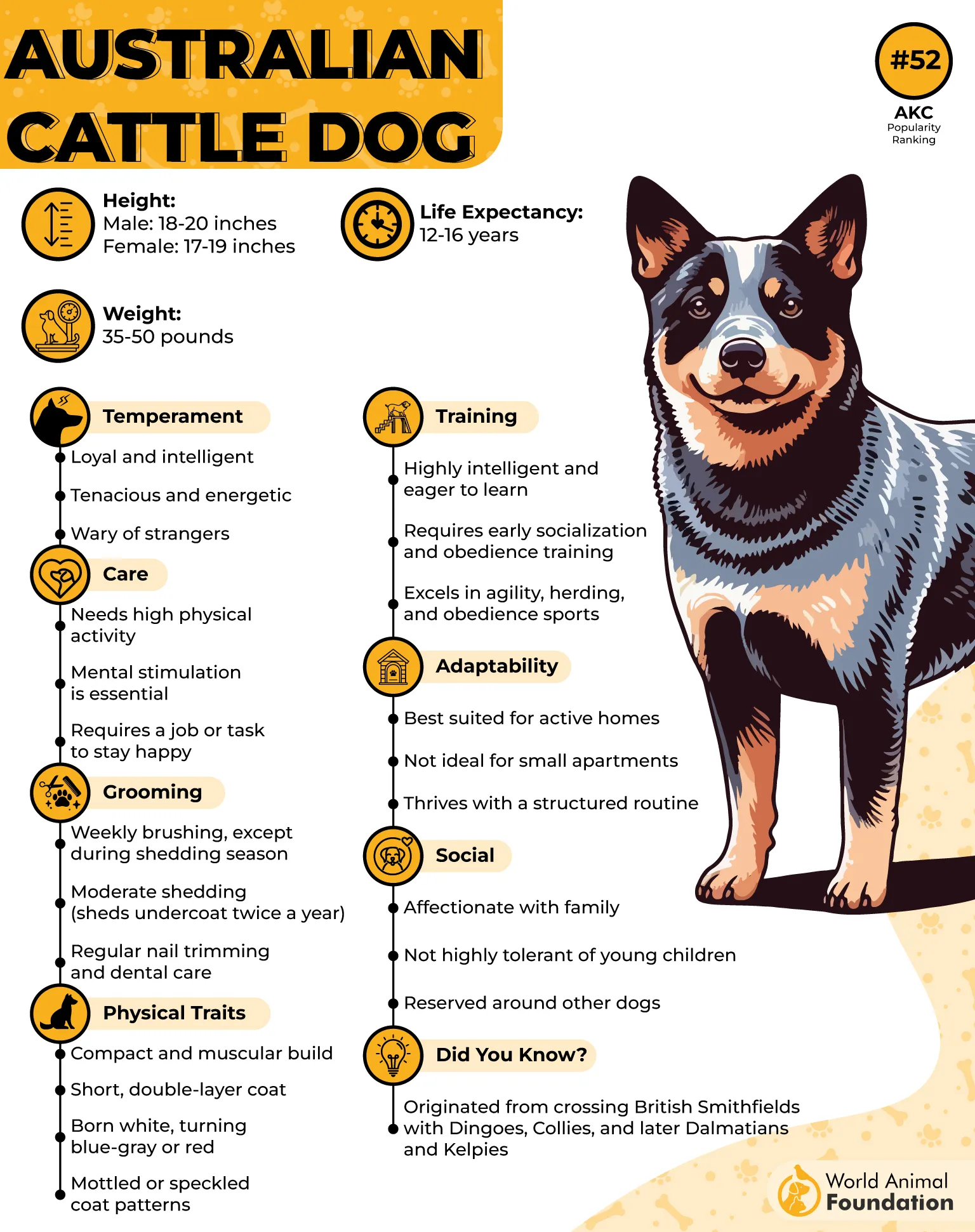
These dogs also have a natural protective streak. They form tight bonds with their owners and often keep a quiet watch over the farm, alert to anything out of place.
Their coats are short, dense, and easy to maintain. The mottled “blue” or “red” coloring isn’t just striking—it helps disguise dirt and withstand the elements.
Though they are fiercely loyal, Australian Cattle Dogs can be wary of strangers. That caution makes them dependable guardians without being unnecessarily aggressive.
Fun Fact
Their ancestry includes Dingoes, Collies, and other herding dogs—an unusual mix that created a breed tough enough to thrive in Australia’s extreme conditions.
7. Jack Russell Terrier
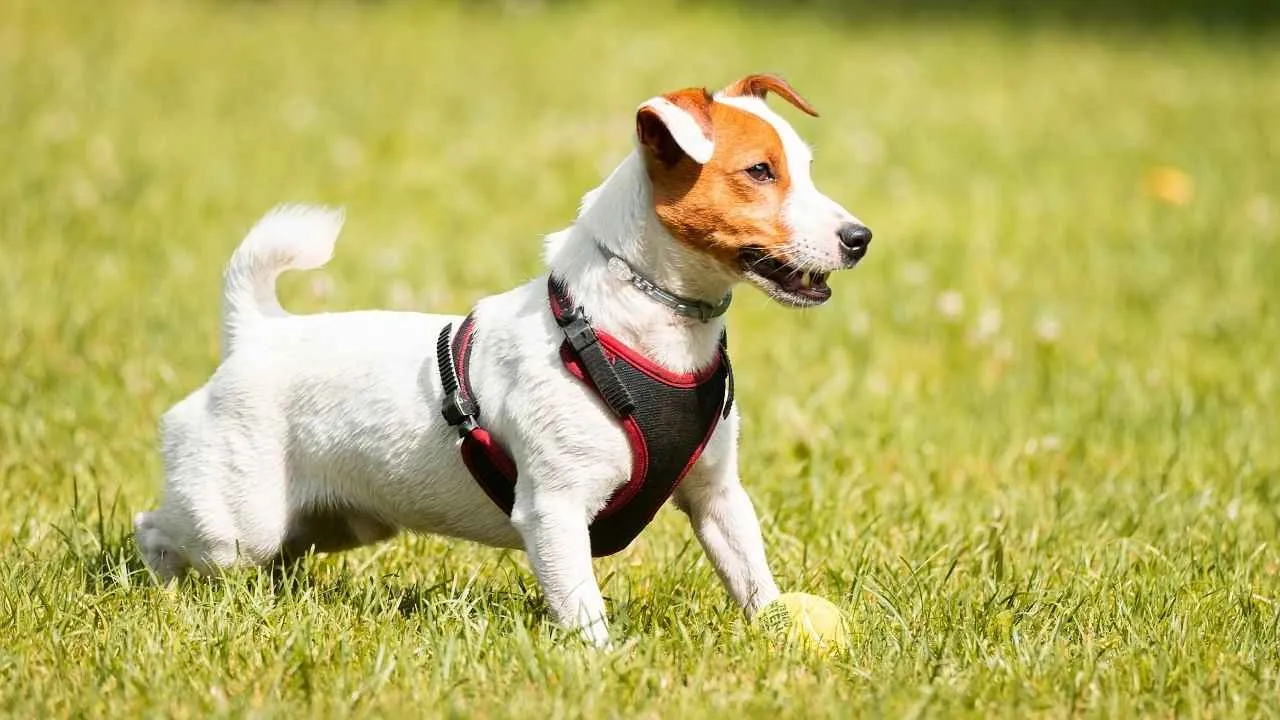
Jack Russell Terriers are tiny but relentless. Bred in England for fox hunting, they were designed to dig, chase, and work tirelessly—traits that haven’t faded with time.
Their fearless nature means they’ll dart between horse legs or dive into haylofts without hesitation. Training is essential to channel that boldness safely around larger animals.
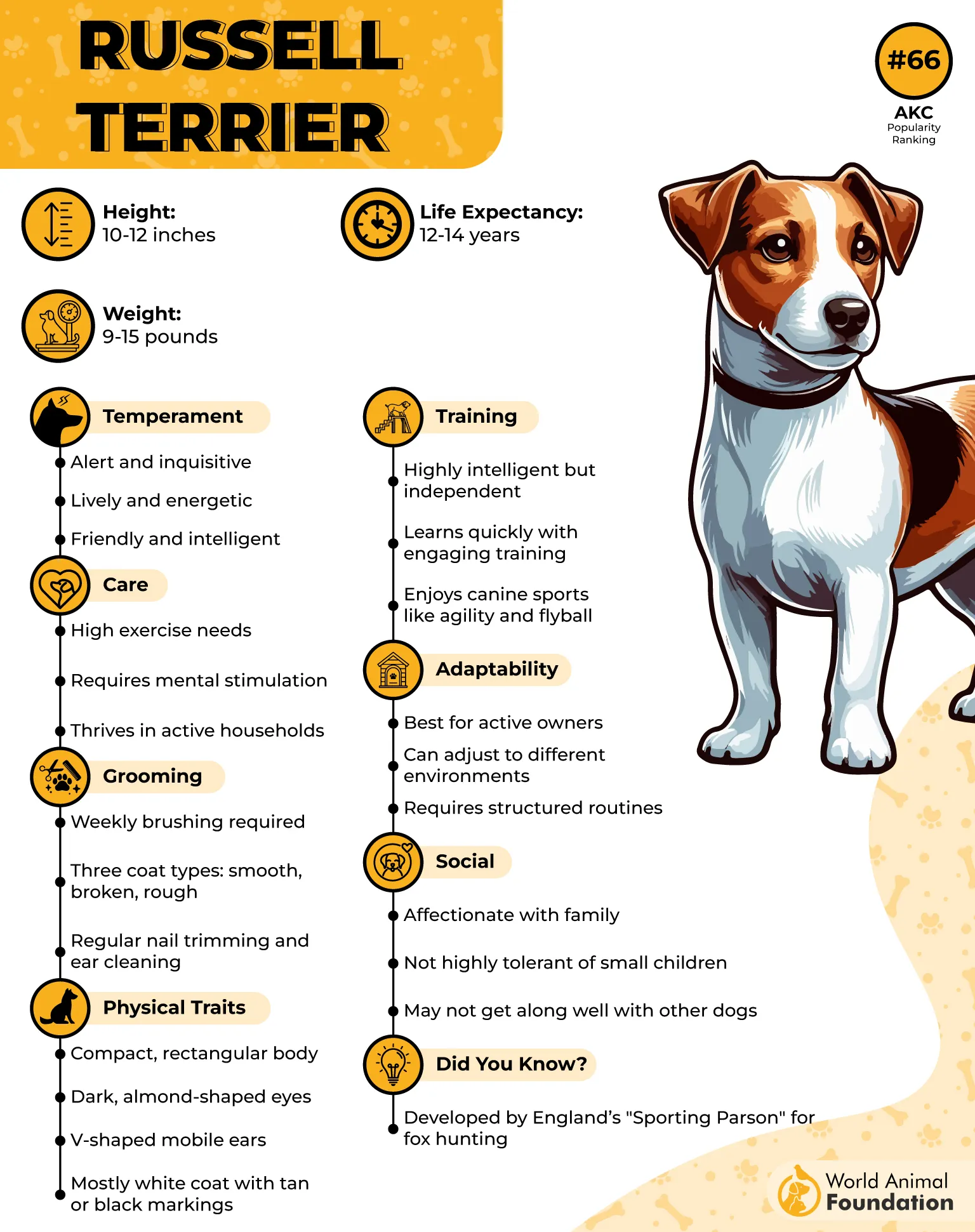
Jack Russells thrive on constant activity. They’re natural vermin hunters, making them invaluable in barns and feed rooms where rodents are a problem.
Their coats, whether smooth, broken, or rough, are low-maintenance, but their personalities are anything but. They demand daily exercise and mental challenges to prevent destructive boredom.
Despite their small size, they have surprising stamina. A Jack Russell can run beside a horse for a long ride and still be ready for another adventure by day’s end.
Fun Fact
Jack Russells were a staple in English hunt clubs, where they kept stables free of rats and entertained riders between outings.
Conclusion
Life on a horse farm calls for more than a pet; it calls for a partner. The best dog breed for this setting blends working instincts, protective nature, and a natural affinity for horses and other animals. Herding breeds like the Border Collie or Australian Cattle Dog guide cows, goats, and even chickens with precision, while smaller but high‑energy dogs like the Jack Russell keep barns clear of critters.
These aren’t couch potatoes, they’re highly intelligent, sometimes hard‑headed working dogs that need mental stimulation and a clear purpose. When they get it, they’re great protectors and loyal companions for horse people and parents raising kids among farm animals.
Whether adopting from a local shelter or choosing a puppy through the American Kennel Club, the right choice means a dog that can run, herd, and guard. On horse properties everywhere, these dogs prove daily why they’re truly the best dogs for farm life.


